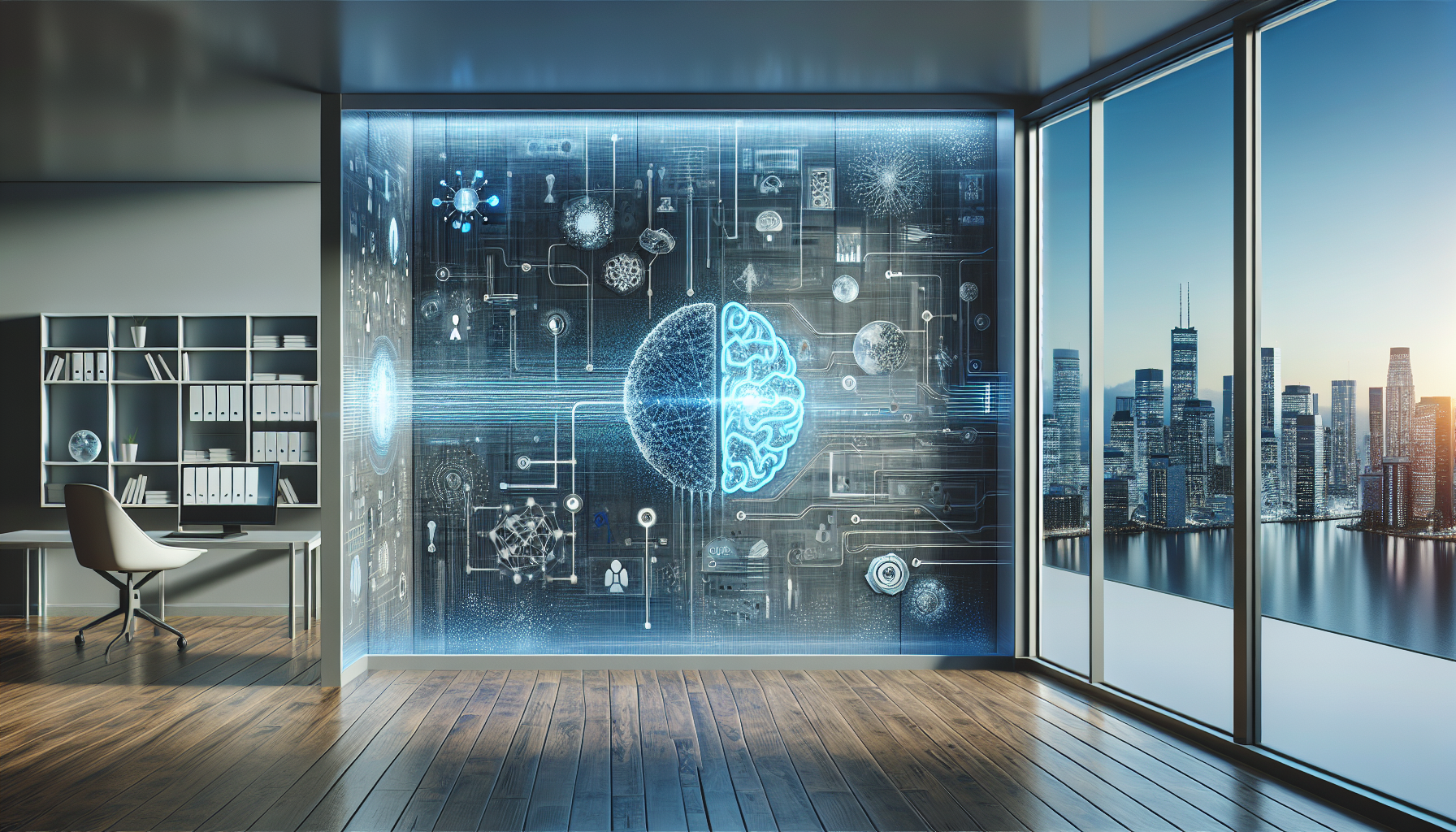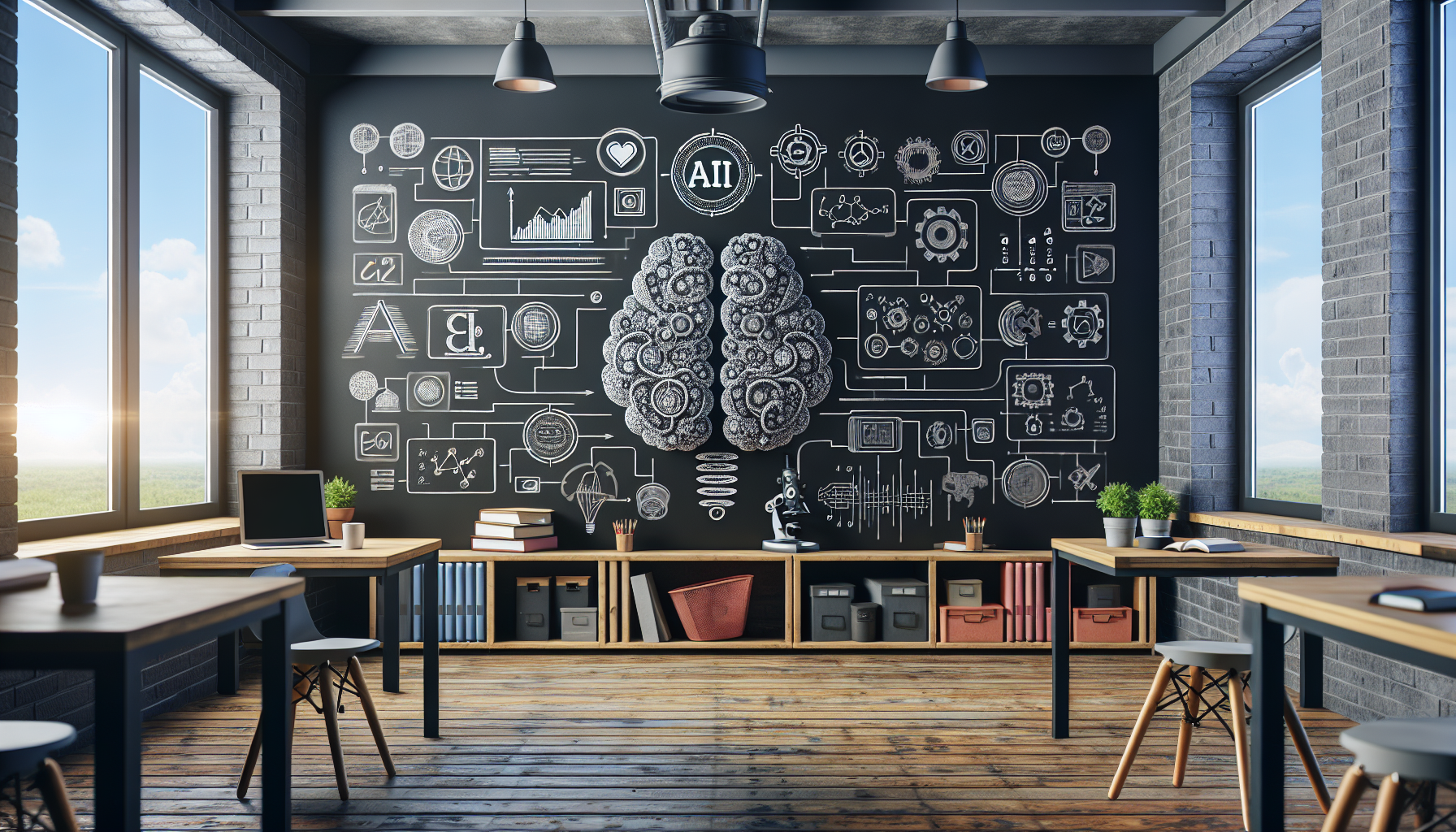
AI in Food Technology: A Comparative Analysis of Farm-to-Table Innovations
August 26, 2025
Artificial intelligence is making significant strides in numerous sectors, and the food industry is no exception. From optimizing agricultural practices to enhancing food safety and personalizing dining experiences, AI technologies are reshaping the entire farm-to-table journey. This article offers a comparative analysis of how AI is applied at various stages of food production and consumption, highlighting unique applications and lesser-known innovations that underscore the transformative potential of AI in food technology.
In agriculture, AI is employed to increase efficiency and sustainability. Precision farming, for instance, uses machine learning algorithms to analyze data collected from various sensors. These sensors can monitor soil conditions, weather patterns, and crop health. By processing this information, AI systems can provide farmers with actionable insights, such as the optimal time for planting and harvesting, or the precise amount of water and nutrients needed for specific crops. This technology not only enhances yield but also minimizes environmental impact by reducing resource wastage.
Comparatively, traditional farming methods rely heavily on manual assessments and historical data, which can be less accurate and adaptive. While experienced farmers possess invaluable knowledge, the integration of AI offers a level of precision and scalability that human intuition alone cannot match. The deployment of autonomous machinery, powered by AI, further exemplifies this shift, as these machines can perform tasks such as planting, weeding, and harvesting with minimal human intervention, thus addressing labor shortages and increasing efficiency.
Transitioning from farm to processing, AI plays a crucial role in maintaining food safety and quality. AI-powered systems can detect contaminants and spoilage indicators faster and more accurately than conventional methods. For example, computer vision technologies can scan and sort produce, identifying imperfections or contamination that human inspectors might miss. This leads to a reduction in foodborne illnesses and ensures that only the highest quality products reach consumers.
In contrast, traditional quality control processes are often labor-intensive and time-consuming, relying on random sampling rather than comprehensive inspection. AI systems, however, can evaluate entire batches swiftly and consistently, thus enhancing overall safety standards in food processing plants. Moreover, AI algorithms can predict equipment failures before they occur, reducing downtime and maintaining continuous, efficient production lines.
The application of AI extends into the realm of food logistics and distribution. Predictive analytics are used to optimize supply chain operations, ensuring that products are transported efficiently and reach their destinations while fresh. Machine learning models analyze various factors, such as traffic patterns, weather conditions, and historical delivery data, to streamline logistics operations. This not only reduces costs but also minimizes food waste by ensuring timely delivery.
This approach contrasts with traditional logistics management, which often relies on static schedules and lacks the flexibility to adapt to real-time changes. The adaptability of AI-driven logistics solutions contributes to a more sustainable food system by optimizing every link in the supply chain.
Finally, AI is influencing consumer experiences in the food industry by personalizing dining options. AI systems can analyze dietary preferences, health data, and even taste profiles to suggest personalized meal plans and recipes. This level of customization can be particularly beneficial in catering to dietary restrictions or health-related dietary needs, offering consumers tailored recommendations that enhance their dining satisfaction.
This stands in stark contrast to the one-size-fits-all approach of traditional food services, where consumer choices are often limited to predefined menus. AI's ability to process and analyze vast datasets allows for a highly personalized culinary experience that adapts to individual tastes and preferences.
In synthesizing these various applications, it is evident that AI is not merely an auxiliary tool but a transformative force in the food technology landscape. Its ability to enhance efficiency, safety, and personalization across the food industry presents a compelling case for its continued integration. However, these advancements also prompt important questions about the future of food production and consumption. How will these technologies evolve, and what ethical considerations must be addressed to ensure equitable access and sustainability?
The impact of AI in food technology invites ongoing dialogue and exploration, as stakeholders from farmers to consumers navigate this rapidly changing landscape. The potential for AI to contribute to a more efficient, safe, and personalized food system is immense, yet it also demands careful consideration of its broader implications on society and the environment.


